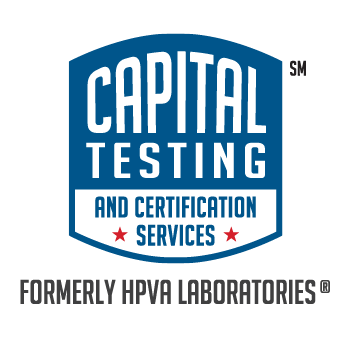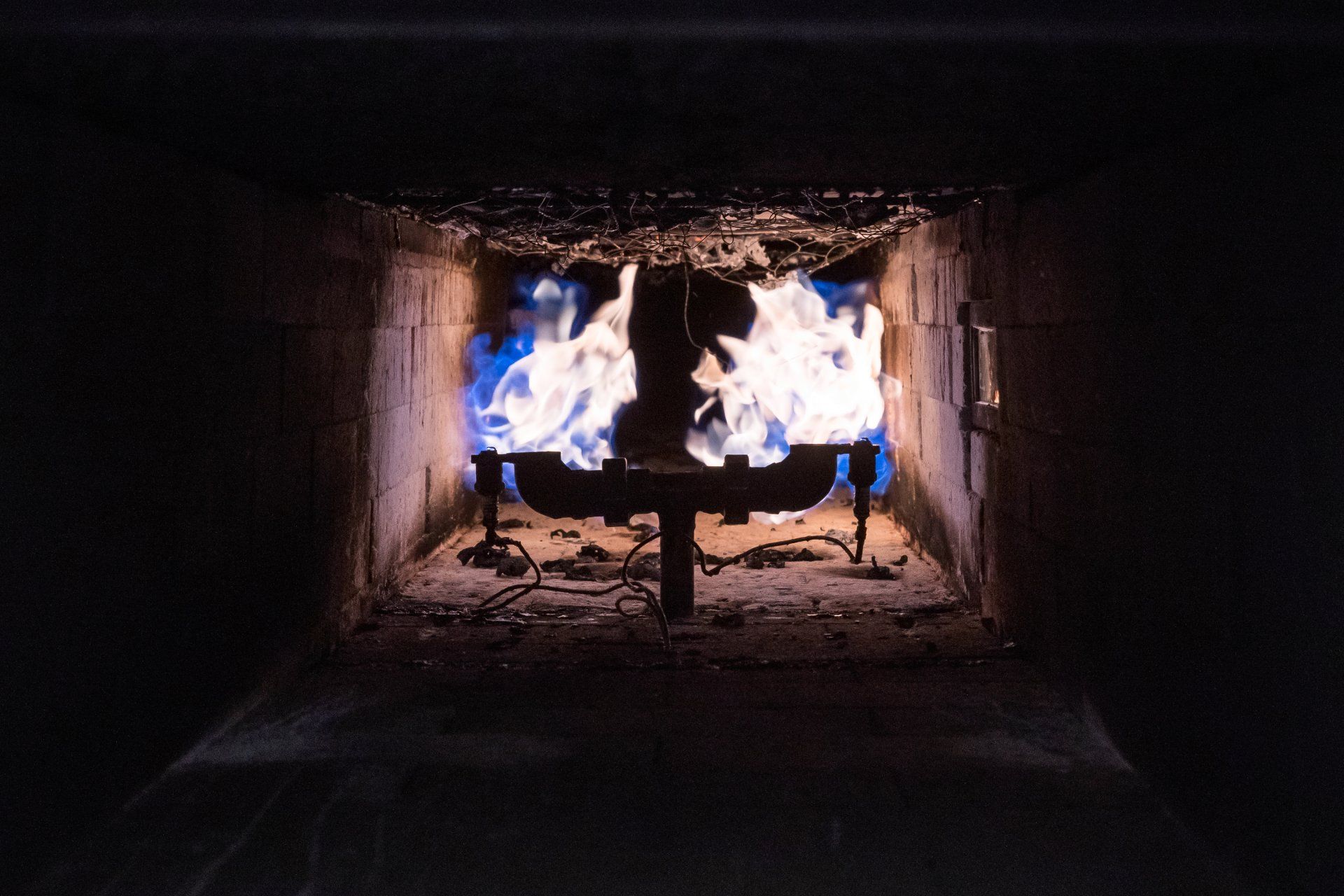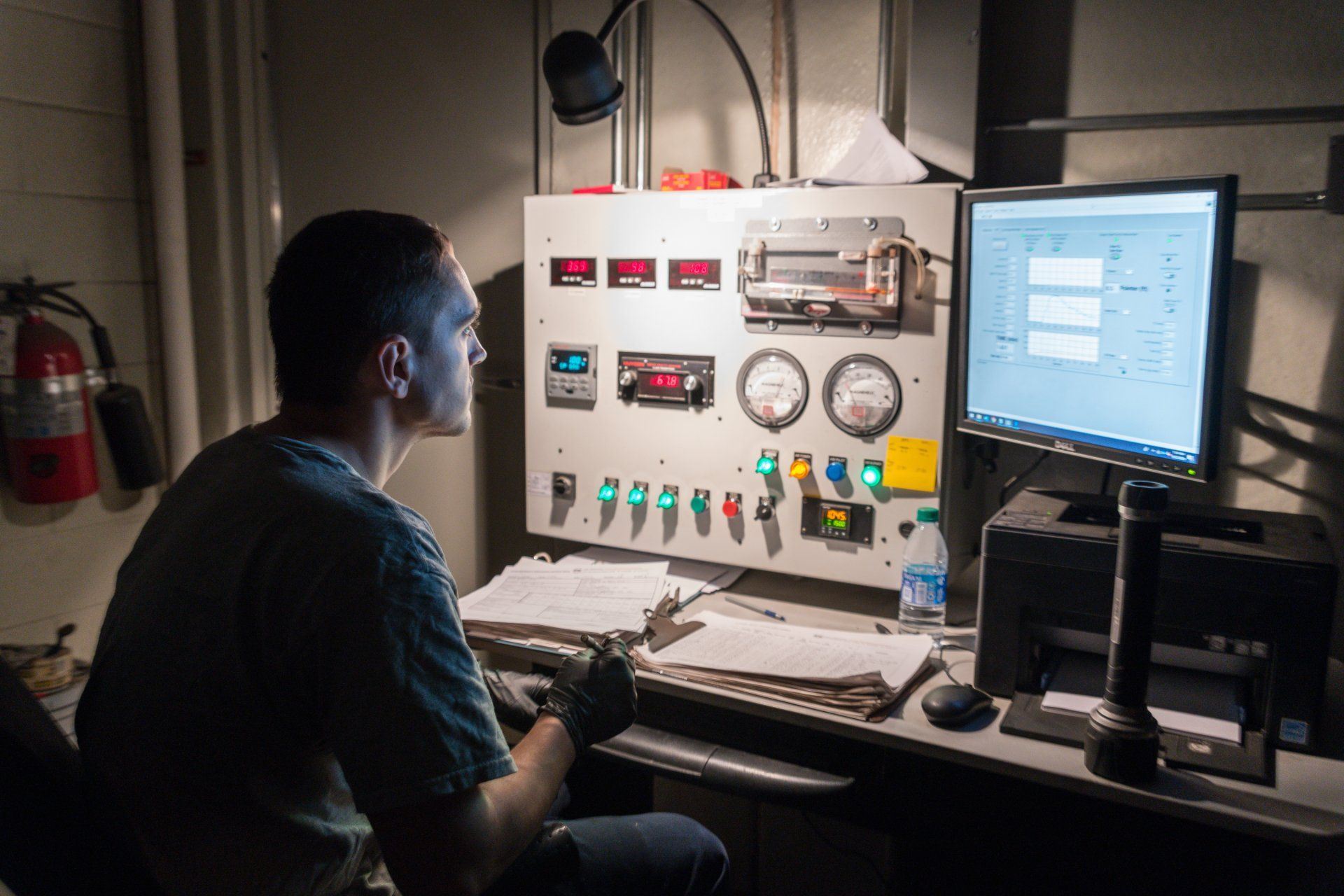ASTM E2768
StEINER TUNNEL TESTING - Extended Duration Surface Burning Characteristics
ASTM E2768 30-Minute Steiner Tunnel Testing
Extended Duration Surface Burning Characteristics of Building Materials (30 min Tunnel Test)
Which materials need to be tested in accordance with ASTM E2768?
How is ASTM E2768 testing performed?
Prior to testing, the test specimen is placed in a conditioning environment that is is held at 73.4 ± 5°F and 50 ± 5% relative humidity. The ASTM E2768 test specimen is conditioned to equilibrium moisture content which is determined by weighing the test specimen.
The Steiner tunnel is preheated to a minimum brick temperature of 150°F and then cooled to 105 ± 5°F. After the tunnel has cooled to required temperature range, the tunnel lid is lifted, and the test specimen is placed on the ledges of the tunnel. The ASTM E2768 specimen is mounted in a ceiling orientation with the side that will be exposed to the flame facing downward. A 1/4 inch fiber-cement board is placed on the backside of the specimens to protect the Steiner tunnel lid during testing.
After the specimen has been loaded into the test chamber, the lid is lowered, and a 240 ft./min airflow is established. The test specimen is preheated for approximately 2-minutes while air is pulled through the tunnel. An 88 kW burner is positioned at the front end of the tunnel. The burner has two ports that point upward toward the face of the specimen. After the 2-minute preheat, the burner is ignited, and it remains on for the duration of the 30-minute test. The flame front is tracked by an observer, referred to as the Reader, as it progresses down the length of the tunnel. Smoke density is measured with the use of a photometer system on the exhaust duct (optional). Temperature data is recorded throughout the test by a thermocouple probe that is 23 feet from the centerline of the burner and approximately 1 inch below the sample surface.
What data will be included in an ASTM E2768 report?
- Flame Spread Index (FSI) for the first 10-minutes*
- Maximum Flame Front Distance*
- Smoke Developed Index (SDI) for the first 10-minutes (optional)
- Time to Ignition
- Flame Spread Distance vs. Time
- Maximum Flame Spread Distance
- Temperature vs. Time
- Time to Maximum Temperature
- Smoke Area vs. Time
Interpreting ASTM E2768 Results
The ASTM E2768 test method contains a two part pass/fail criteria in Section 13. The ASTM E2768 requirements include:
- The flame spread index shall be 25 or less as determined for the initial 10-minute test period.
- The flame front shall not progress more than 10.5 ft. (3.2 m) beyond the centerline of the burners at any time during the 30-minute test period. This is considered evidence of no significant progressive combustion.
Note: The flame front distance is measured from the centerline of the burner for ASTM E2768 testing. By contrast, ASTM E84, CAN/ULC S102, and CAN/ULC S102.2 measure flame front distance starting at a zero point which is 4.5 ft. downstream from the burner.
The test applies to all surfaces of the material or product when the material or product is homogeneous. Where the material or product is not homogeneous or symmetrical about its longitudinal axis, the report only applies to those surfaces that have been tested and so classified in accordance with this standard. Surfaces with a small amount of surface area that are impractical to test (e.g. panel edges) are excluded from this requirement.
Capital Testing optionally reports smoke measurements and calculates a Smoke Developed Index (SDI) during the first 10-minutes of testing. Smoke measurements and calculations are optional and they are not considered as part of the pass/fail criteria for ASTM E2768.
ASTM E2768 Test Specimen Preparation
ASTM E2768 test specimens should be 20 - 24 inches in width and 288 inches (24 feet) in length. The specimen can be provided as a continuous, unbroken length (handling fees may apply) or sections that will be joined or butted end-to-end. The test specimen should be representative of the materials which the test is intended to examine. The test specimens should be self-supporting when installed in a ceiling orientation or additional supports may be used.
Is Capital Tested an accredited ASTM E2768 laboratory?
Capital Testing and Certification Services is ISO/IEC 17025 accredited to conduct ASTM E2768 testing. Similar Steiner tunnel methods: ASTM E84, CAN/ULC S102 and CAN/ULC S102.2 are also covered under Capital Testing's scope of accreditation. Click Here for Capital Testing's full ISO 17025 scope.



